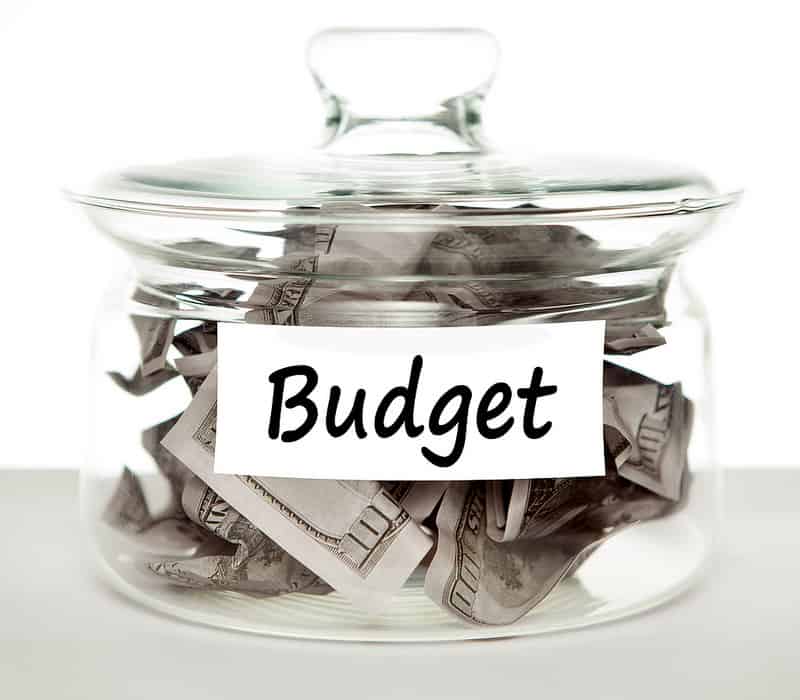Your first budget is an important milestone when trying to take control of your finances. A budget is your own self enforced spending plan broken out by category. Here is a basic guide to get you started.
Figure Out What You Are Spending Today
The first step in creating your budget is to figure out what you are spending today. Some people are shocked when they first look at their monthly spending and see how much of their income is going to bars, coffee shops, electronics, fancy clothes, and other non-essential spending categories.
To track my spending categories, I use Empower, though Mint.com works too. Over time, I found that the quality of Mint’s service has gone downhill, and Empower emerged as my new favorite.
Empower will analyze any spending you make with a credit card or debit card, though you should always use credit cards for miles and rewards. Any cash spending has to be categorized manually.
Your current spending is essentially your first budget. From here, your goal is to make informed choices on where you want to spend, while understanding what you have to spend, and cutting out what you don’t want to spend.
List out Your “Have To” Spending
There is some spending that you have to spend no matter what at a fixed monthly rate. For most people, those are rent or mortgage payments, HOA payments (if you have one), car insurance, health insurance, and phone/internet bills. If you have any student loan payments, car loan payments, or credit cards with balances, the payments on these are also “have to” payments each month.
Next are the “have to” spending categories that vary each month. Those include utility bills, grocery store, and gas or public transportation. For these expenses, you should try to make an accurate estimate of your costs each month for your budget. Some of those costs, such as gas and groceries, are variable and you can try to lower your spending on those categories.
List Your “Want To” Spending
Just like with the required spending categories, you will have some fixed expenses and some that vary. If you have subscriptions like cable or Netflix, you know what they will be each month. Other categories, like entertainment (movies and activities), restaurants, bars, and clothes are variable.
For these categories, take a look at your average spending each month. When I made my first budget, I made my budget about 10% lower than my average spending. I challenge you to take a hard look at your spending and see where you can cut too.
Don’t Forget Savings and Retirement
Us finance bloggers are a big fan of the idea of paying yourself first. That means you put money into your own future before you give it to other people. I would make this part of your budget mandatory, even though no one else will enforce it, before your other spending. I do this myself with automated retirement saving in my 401(k) and automatic transfers to my Roth IRA.
You Have a Budget
That list you just put together, that’s your budget. No more work required unless you want to get more specific on each category or lump a few categories together to make it easier. I lumped all of my fun spending other than entertainment and restaurants/bars into an “everything else” budget so I didn’t have to worry about tracking so many things.
The real work, however, is still ahead. While you have a budget now, which is a great place to get started, you have to live with it. I am always trying to increase my saving and decrease my wasteful spending. It is up to you to decide what is worthwhile and what is a waste, but after a few months I bet you will have a good idea of what to do.
Remember To Try to Earn More Too!
You can save and save and save each month, but saving will not make you rich. At the end of the day, you can only save so much. If you really want to do well with your money, you should always try to earn more. Whether it is turning a hobby into income or getting a raise at work, always push yourself to earn more. I have been making about a thousand dollars extra each month outside of work. That money really adds up when you are trying to save for your future.
Do You Have Any Budget Questions?
Do you have any questions about where to get started? How to keep track of your budget? Please share you questions in the comments and I will help you get on your way.
Image by Tax Credits / flickr


I like the notion of dividing up expenses into “have to” and “want to” buckets. The ability to tell the difference between needs and wants is important to personal finance success, and if this is baked into a budget, that’s really a case of genuinely applying this knowledge.
That’s my thought process. I can’t live without paying my mortgage or grocery bill, but I can cut visits to the local pub or eating out at lunch.
Great ideas on how to create your first budget. I think that it is ideal to seperate your needs and your wants and to set aside for your savings and retirement.
Thank Lynne. So many people have trouble understanding the real difference between wants and needs. It shouldn’t be so hard for people to cut their spending.